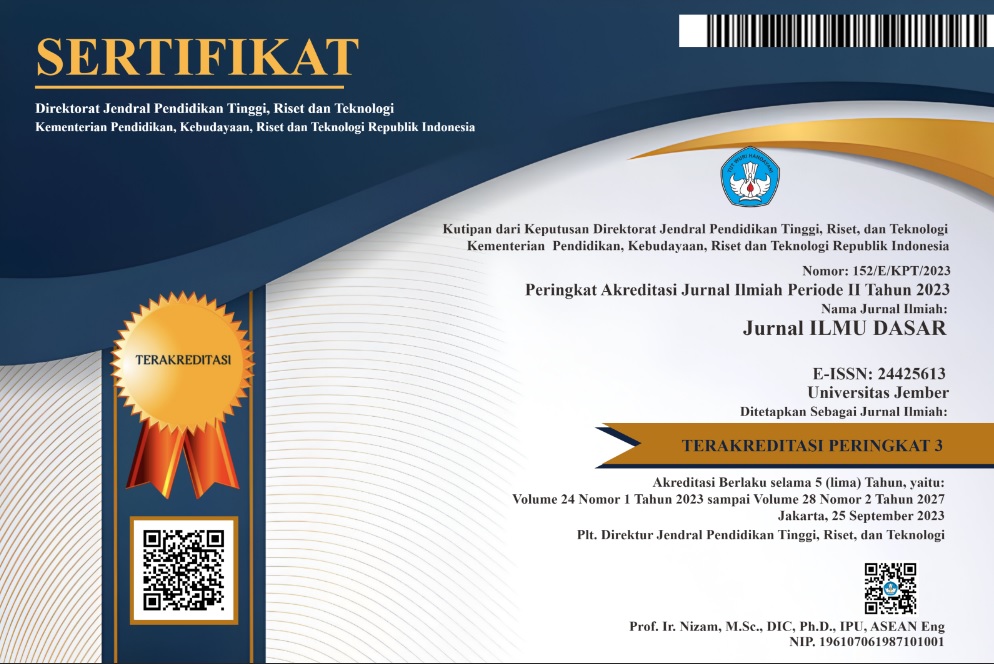Profile of Interleukin-4 and Interferon-γ of Balb/c Mice after Salivary Gland Extract of Anopheles sundaicus s.l. Vaccination and Infected by Plasmodium berghei-ANKA
DOI:
https://doi.org/10.19184/jid.v15i2.532Abstract
Malaria infection is initiated when sporozoites are inoculated into a vertebrate host via the salivary glands of an Anopheles mosquito. During Anopheles bite, the salivary glands release components that include vasomodulator and immunomodulators. The salivary components of vectors have important role in transmission of pathogen. Therefore, if these components were injected repeatedly into a vertebrate host, it can stimulate host immune system and inhibit the transmission of the pathogen into the host. This could be observed the increasing level of IFN-γ and decreasing level of IL-4 in mice model of malaria after vaccination with salivary gland ekstract (SGE) from An sundaicus s.l. It has also been proven that this mechanisms was related with pathogen of malaria. This was supported by the reduction of parasitemie rate in those mice model after infection by P. Berghei.
Â
Keywords: An sundaicus s.l., IFN-γ, IL-4,immunomodulators, salivary gland ,
TBV








